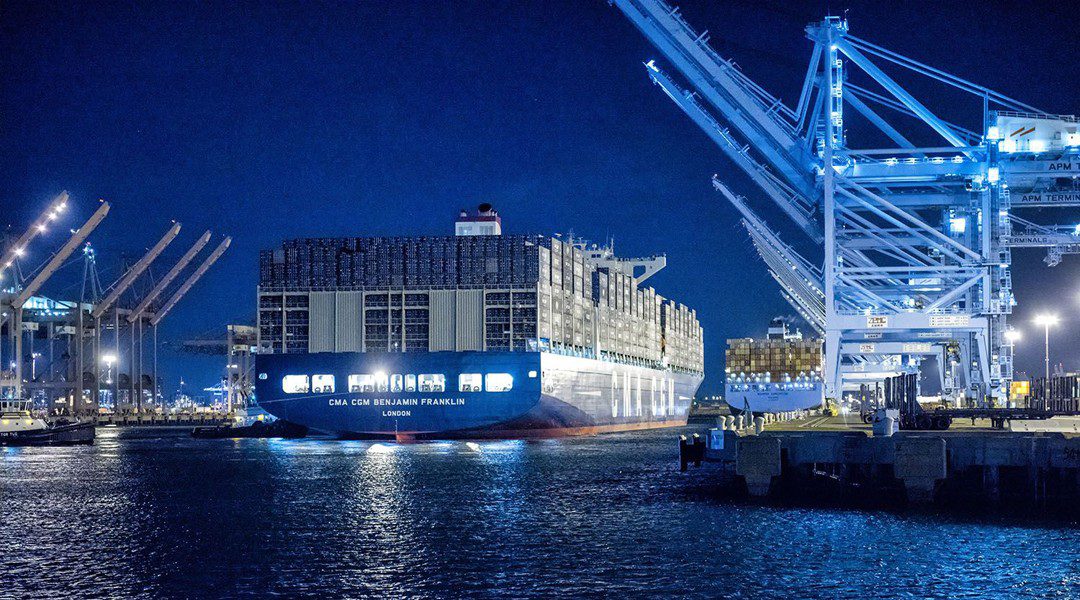Denmark-based Port of Roenne has announced a new study that will investigate the possibility of using renewable energy from the upcoming Bornholm Energy Island in the Baltic Sea, to produce green fuels on Bornholm.
The study will be led by Port of Roenne and will include a number of local and national partners such as Ørsted, Skovgaard Energy, Topsoe, Danfoss Drives, Rambøll, DTU Management, DTU Wind and Energy Systems, Bornholms Energi & Forsyning, Bornholms Regionskommune (BRK) and Gate 21.
As a starting point, the parties will examine a number of aspects of Power-to-X production from manufacturing and economics to possibilities for connection of electrical systems and district heating systems on Bornholm and across the Baltic Sea.
Production of Power-to-X green fuels is a completely new type of industry that has not been previously studied on Bornholm, says Port of Roenne. Therefore, part of the study will focus on investigating where on the island a plant and warehouse could be constructed.
The Power-to-X survey is expected to be completed within a year and will culminate in a business case.
Last year Port of Roenne launched the consortium Bornholm Bunker Hub together with eight international partners including Ørsted, Topsoe and Molslinjen which is working on turning Bornholm into a green filling station of green fuels for ships sailing in the Baltic Sea.
The Power-to-X study is a natural extension of the work on the Bornholm Bunker Hub and as such will investigate how large amounts of green fuel can be sold on Bornholm and whether some fuels can be sold for heavy land transport and industry on the island.
The Energy Island, located on the island of Bornholm, some 15 kilometres offshore, will connect Germany and Denmark to an offshore hub with around 2 GW of offshore wind power capacity.
Thecable route surveysare already being carried out by MMT at the planned energy island in the Baltic Sea.
Denmarkapproved the developmentof the Baltic Sea and North Sea energy islands back in June 2020, and Energinet was given the task of conducting feasibility studies for both projects.
A year later, the Danish Energy Agency (DEA)gave its approvalfor the preliminary offshore investigations at the relevant areas in the Baltic Sea.
The Danish Ministry of Climate, Energy and UtilitiesrequestedEnerginet to expand the current feasibility study areas at the Baltic Sea site, which could allow for installing 1 GW of capacity more and be the new place where the Hesselø offshore wind project could be built.
Both energy islands are planned to be completed by 2030.






